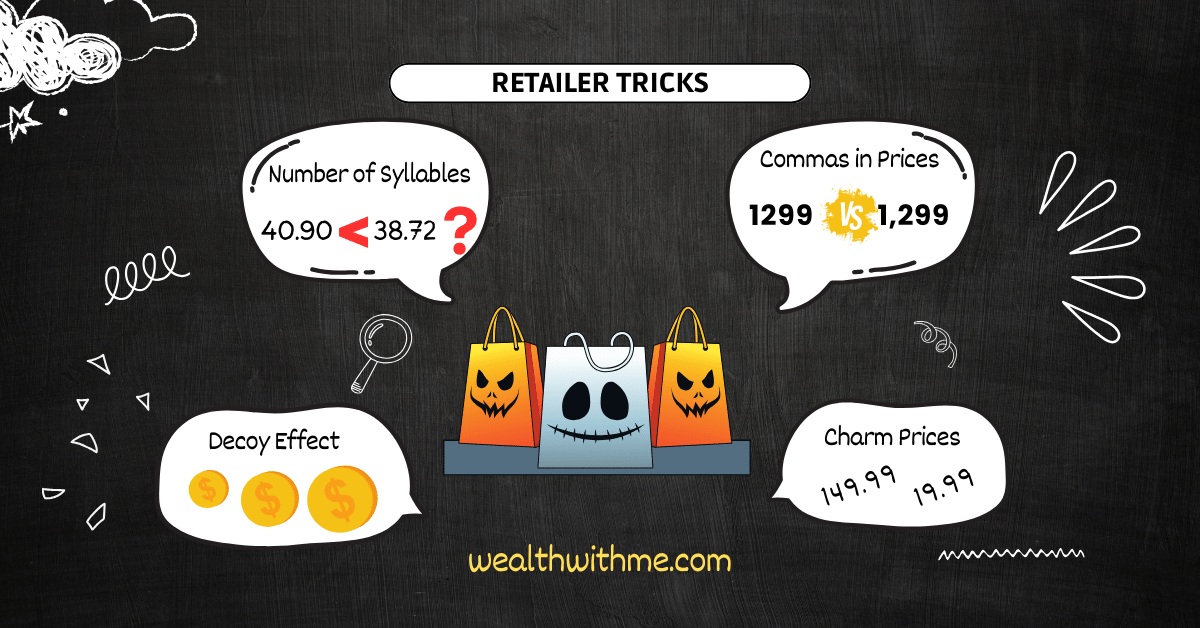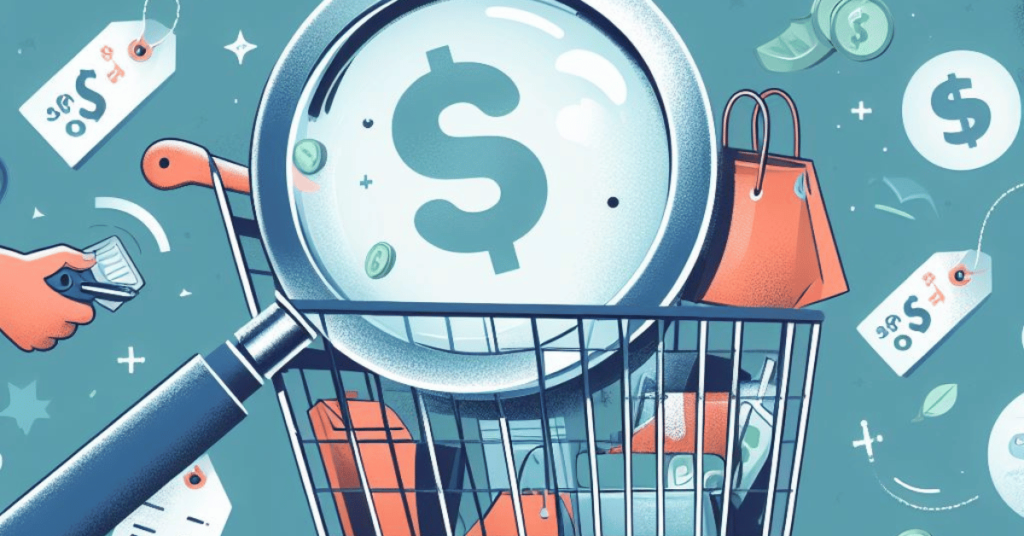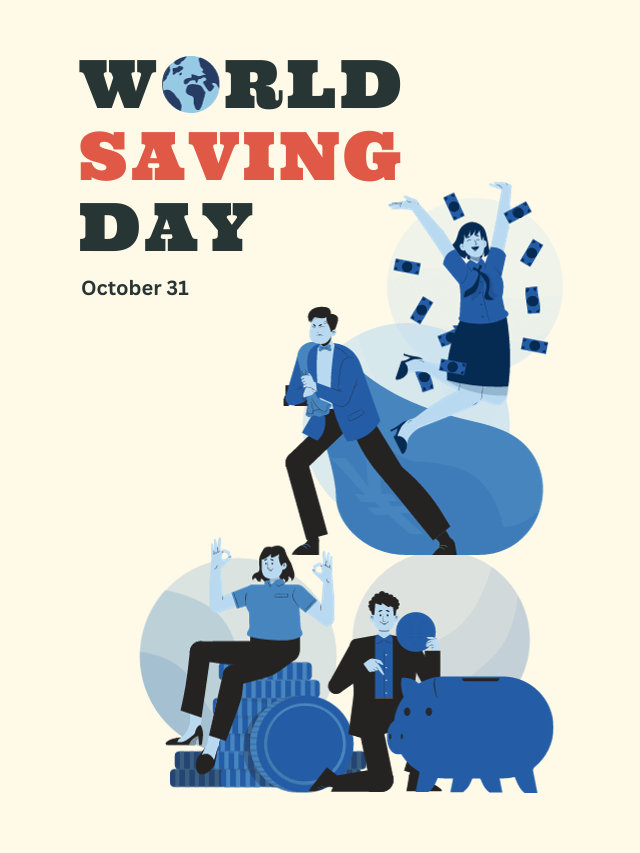
Some figure from the recent sales:
- Flipkart’s The Big Billion Days sale in 2023 recorded 1.4 billion customer visits.
- Amazon’s Great Indian Festival in 2023 saw 9.5 crore (approximately 95 million) customer visits in the first 48 hours.
- Prime members of Amazon shopped 18 times more in the first 24 hours of early access than the average daily purchases.
Why Do We Overspend During Sales?
Before diving into strategies to avoid overspending during sales, let’s briefly explore some of the cognitive biases that influence our purchasing decisions during sales:

- Anchoring Bias: We rely heavily on the first piece of information we receive. In sales, this can lead us to make purchases based on the initial, sometimes inflated, discounted prices.
- Loss Aversion: People are more afraid of losing something they already have than gaining something of equal value. Sales can tap into this fear, encouraging us to buy things we don’t need to avoid missing out on a deal.
- Scarcity Effect: Limited-time offers or items can create a sense of urgency, making us feel that we must buy now, even if the thing isn’t essential.
- Confirmation Bias: We often seek information that confirms our preconceptions and desires. When shopping during sales, we may ignore negative reviews or overlook potential downsides to justify our purchase.
- Herd Mentality: We tend to follow the crowd. If others are buying something, we’re more likely to do the same during a sale, even if it’s not a wise choice for us.
- Sunk Cost Fallacy: The more we invest (money or time) in something, the harder it is to let go. In sales, this can lead to purchasing additional items to justify our initial investment.
14 ways to Avoid Overspending During Sales
1. Set a Budget and Stick to It
2. Create a Shopping List
3. Research and Compare Prices
List the items you genuinely need or have been planning to buy. Stick to this list and avoid exploring tempting deals on unrelated things.Don’t be fooled by apparent discounts. Research prices for the items on your list before the sale begins. This way, you’ll know if you’re genuinely getting a good deal or if the discount is merely a marketing tactic.
If you’re using Buy Now, Pay Later (BNPL) for your payments, just remember to keep that convenience fee in the back of your mind. It might not seem like much at first, but when you look at it over the course of a year, it can add up to quite a hefty sum. Look how – Diwali Shopping with BNPL: The huge Cost of 2% Convenience Fee
4. Avoid the Sales Staff If Possible
5. Beware of Retailer Tricks

Whole Number vs. Decimal Pricing: Items priced with real numbers may seem more expensive. For instance, ₹150 may appear higher than ₹149.99, leading you to choose the latter.
Number of Syllables: Items with prices having fewer syllables may appear cheaper. For instance, ₹38.72 (seven syllables) may seem more expensive than ₹40.90 (five syllables).
Commas in Prices: Removing commas from prices can make them appear less expensive. So, ₹1299 might seem like a better deal than ₹1,299.
Charm Price: Prices ending in 9 (e.g., ₹19.99) can create the illusion of being significantly cheaper and are more likely to sell.
Decoy Effect: Picture this: you’re out shopping for a new smartphone, and you’ve got two choices in front of you. There’s the Basic Model for $499, which doesn’t break the bank, and the Premium Model for $999, which sounds pretty fancy.
Now, just when you thought you had it figured out, the store throws in a wild card – a so-called Deluxe Model for a whopping $1,199! It’s all shiny and high-priced, but honestly, it’s more than you need. What’s happening here is the decoy effect in action.
Even though you were already leaning towards the Premium Model, the presence of that pricey Deluxe Model makes it seem like a better deal. Sneaky, right? It’s a trick retailers use to nudge you into spending more, and it works!
6. Have a Mint Gum or Candy
7. Avoid Soft Music
8. Wear High Heels
9. Don't Touch Everything

10. Don't Take a Cart, Carry Smaller Bags
11. Avoid Peak Shopping Times
12. Shop with a Disciplined Friend
13. Reflect Before Purchasing
14. Utilize Technology




